Hiroshima’s history as a key military hub made it an unfortunate target for the first atomic bomb attack in 1945. Home to crucial Imperial Army facilities, the city’s strategic location and urban layout made it an ideal site to assess the devastating power of this new weapon. While the bombing’s human and cultural toll was immense, with over 70,000 killed and historic landmarks reduced to rubble, understanding this dark chapter provides important lessons about the horrors of war. Exploring Hiroshima’s past can shed light on the complex factors that led to this tragic event and its lasting impact on the city and the world.
Key Points
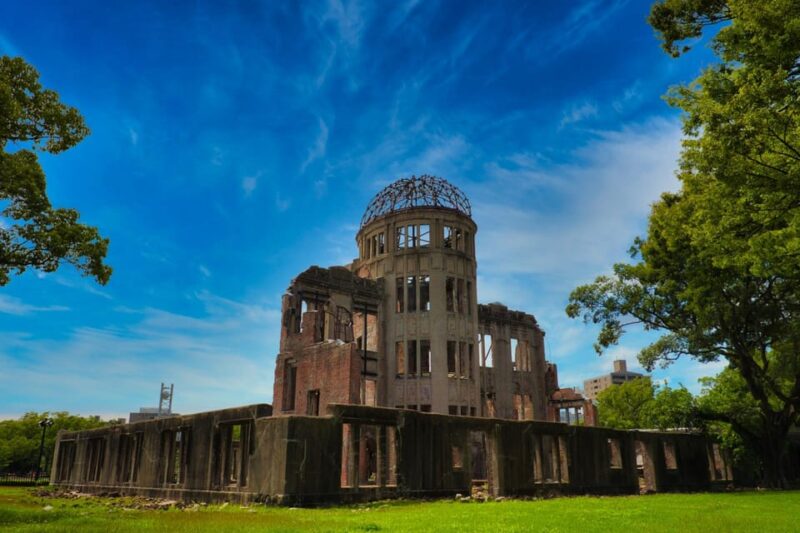
-
Hiroshima was a major military hub, home to the headquarters of the Japanese army and navy, making it a strategic target for the U.S.
-
Hiroshima’s flat terrain and dense urban layout made it an ideal location to assess the destructive power of the atomic weapon.
-
The decision to drop the atomic bomb on Hiroshima was influenced by the strategic aim of forcing Japan’s unconditional surrender.
-
The bombing had a devastating humanitarian toll, with over 70,000 people killed instantly and tens of thousands more dying from radiation exposure.
-
Exploring Hiroshima’s history and culture, including landmarks like the A-Bomb Dome, provides insights into the strategic reasons behind the city’s selection as a target.
Hiroshima’s Military Significance in WWII
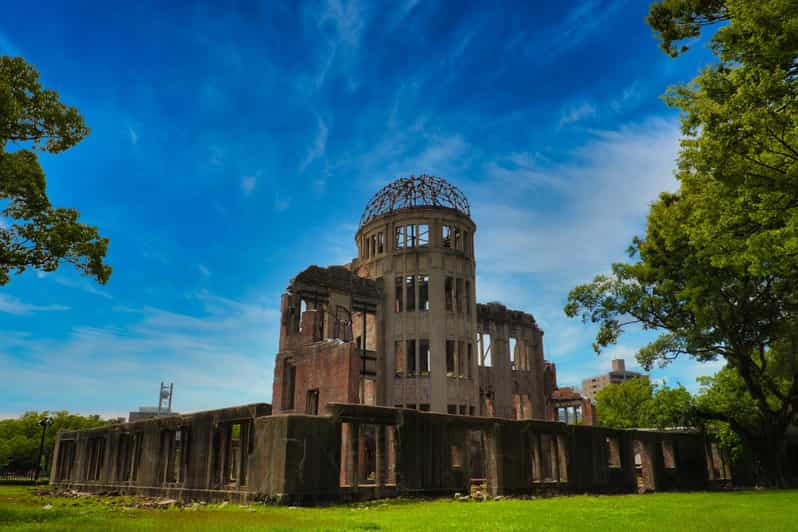
Hiroshima’s strategic military importance during World War II played a pivotal role in the decision to target the city with the atomic bomb. As a major industrial and transportation hub, Hiroshima housed key military facilities, including the headquarters of the Imperial Japanese Army’s Second General Army and the Kure Naval Base.
These factors made Hiroshima a valuable military target for the United States. Plus, the city’s relatively flat terrain and dense urban layout made it an ideal location to assess the destructive power of the new atomic weapon. The decision to drop the bomb on Hiroshima, rather than a less populated area, was influenced by these military considerations.
If you're enjoying exploring Hiroshima on foot, you'll love these other walking tours we recommend
Strategic Reasons for Hiroshima’s Selection
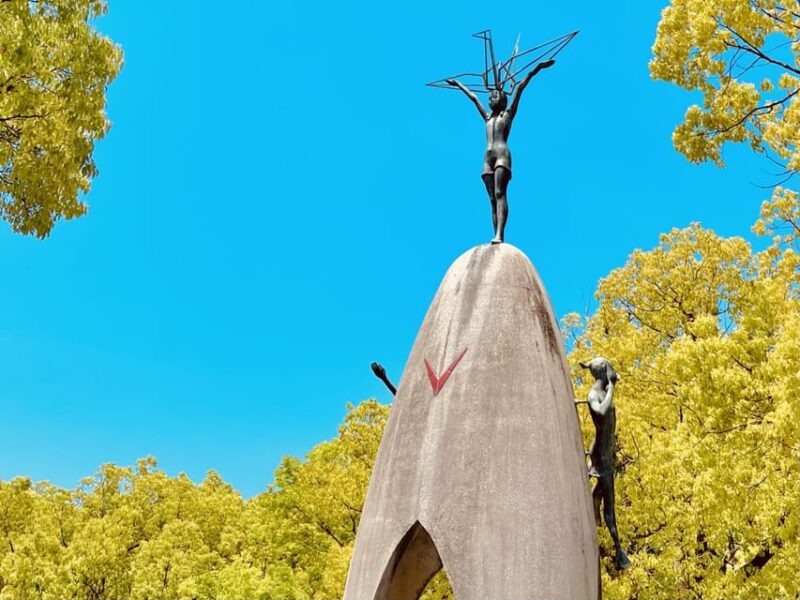
Although Hiroshima wasn’t the only potential target, the city’s strategic location and military significance made it an attractive choice for the atomic bombing.
As a major military hub and home to the headquarters of the 2nd General Army and the 5th Division, Hiroshima was a key command center for the Japanese military. Its location on the coast also made it an important shipping port, allowing for the efficient transportation of troops and supplies.
Plus, Hiroshima’s industrial capacity – including factories producing military equipment – contributed to its strategic value as a target. These factors, combined with its relatively undamaged state, ultimately led the United States to select Hiroshima for the first atomic attack.
The Atomic Bomb Drop on Hiroshima
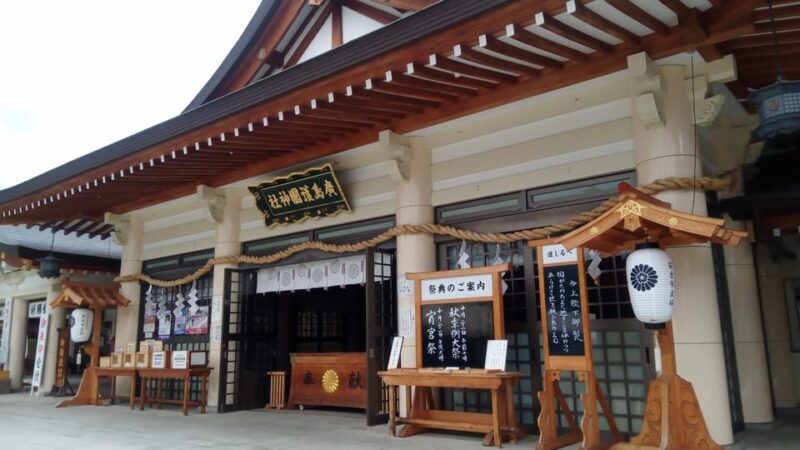
On August 6, 1945, the world witnessed a cataclysmic event that would forever shape the course of history. At 8:15 am, the United States dropped an atomic bomb, dubbed "Little Boy," on the city of Hiroshima. The blast and ensuing firestorm instantly killed an estimated 70,000 people, with tens of thousands more succumbing to radiation sickness in the following weeks and months.
The decision to use the atomic bomb on Hiroshima was driven by the strategic aim of forcing Japan’s unconditional surrender and avoiding a costly ground invasion. Though the bombing’s devastating humanitarian toll is undisputed, its military necessity remains a topic of enduring historical debate.
Devastating Human and Cultural Consequences
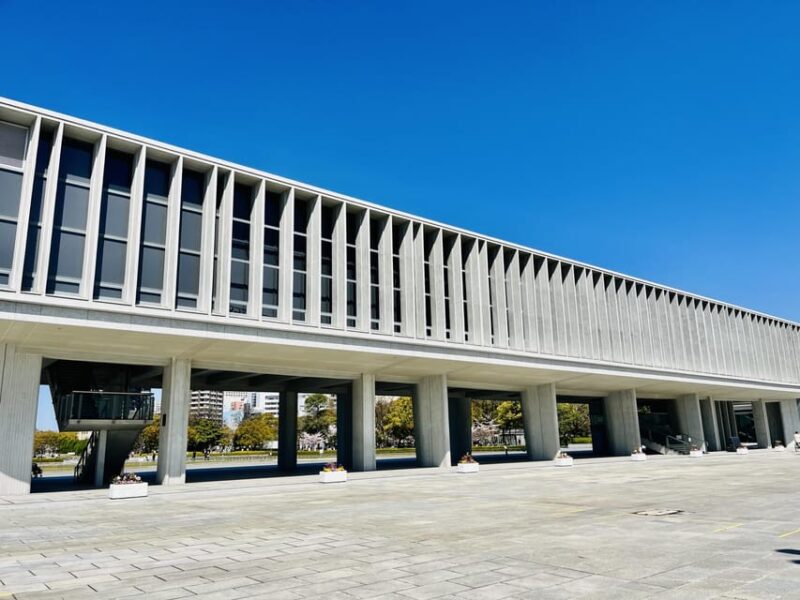
The bombing of Hiroshima left an indelible mark on the city, with its devastating human and cultural consequences. Over 70,000 people were killed instantly, and another 70,000 died from radiation exposure in the following months.
The city’s historic landmarks, including Hiroshima Castle and Gokoku Shrine, were reduced to rubble. The trauma and grief experienced by the survivors were immense, as they grappled with the loss of loved ones and the destruction of their community.
The bombing also had a profound impact on the cultural fabric of Hiroshima, as residents struggled to rebuild and reconcile with the tragedy. The enduring legacy of the bombing is a call for global peace and a renewed commitment to preventing such atrocities from ever occurring again.
More Great Thing To Do NearbyExploring Hiroshima’s History and Culture
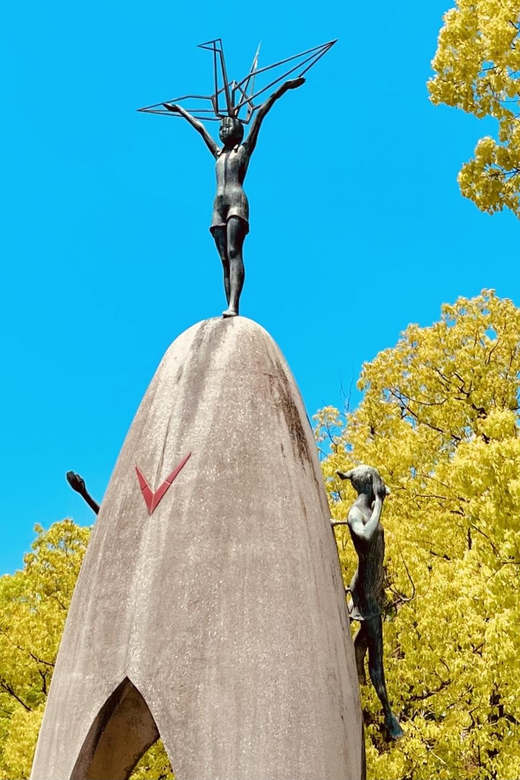
Hiroshima’s rich history and vibrant culture are deeply intertwined, offering visitors a multifaceted understanding of the city’s past and present. From the imposing Hiroshima Castle to the serene Gokoku Shrine, the tour explores Hiroshima’s architectural and spiritual heritage. The Peace Memorial Park serves as a poignant reminder of the city’s resilience, housing the iconic A-Bomb Dome and the Hiroshima Peace Memorial Museum, which chronicles the devastating aftermath of the atomic bombing.
| Landmark | Historical Significance |
|---|---|
| Hiroshima Castle | Constructed in the 16th century, it was a symbol of Hiroshima’s power and prosperity. |
| Gokoku Shrine | This Shinto shrine honors the spirits of those who died in service of the country. |
| Peace Memorial Park | A solemn space dedicated to promoting world peace and remembering the victims of the atomic bombing. |
| A-Bomb Dome | The only remaining structure from the atomic blast, it stands as a powerful symbol of the devastating consequences of war. |
Fascinated by Hiroshima's past? More historical tours we've covered
- Hiroshima: History & Highlights Private Walking Tour
- Hiroshima: Peace Walking Tour of World Heritage Sites
- Hiroshima: City Reconstruction History E-Bike Tour
- Hiroshima: History of Hiroshima Private Walking Tour
- Hiroshima: Miyajima Half-day Historical Walking Tour
- Hiroshima’s Historic Walk: Castle, Dome & Peace Park
Visiting Gokoku Shrine, Castle, and Park
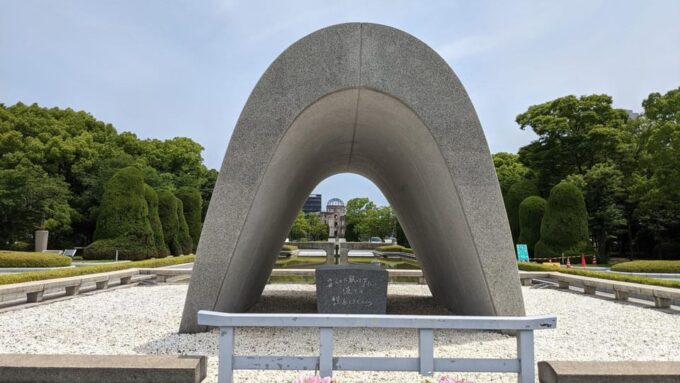
Often, the tour begins with a visit to the serene Gokoku Shrine, a Shinto shrine that honors the spirits of those who died in service of the country. Nearby, the group will explore the iconic Hiroshima Castle, a historic landmark that was reconstructed after the bombing.
The tour then leads visitors to the renowned Peace Memorial Park, a solemn site that commemorates the tragic events of August 6, 1945. Here, the group will reflect on the devastating consequences of the atomic bomb and the ongoing pursuit of peace. Throughout the tour, the guide provides valuable insights into Hiroshima’s complex history, culture, and the strategic reasons behind the city’s selection as a target during the war.
Hiroshima’s Call for Peace and Reflection
At the Peace Memorial Park, visitors are encouraged to reflect on the devastating consequences of the atomic bomb and Hiroshima’s enduring call for peace. The park’s serene yet poignant atmosphere invites contemplation. A powerful symbol of this message is the Peace Flame, which has burned continuously since it was first lit in 1964, serving as a reminder of the ongoing desire for a world without nuclear weapons.
| Reflection on the Past | Vision for the Future |
|---|---|
| Understand the immense human toll | Promote global nuclear disarmament |
| Acknowledge the cultural devastation | Foster international cooperation |
| Empathize with the survivors’ experiences | Inspire the next generation’s commitment to peace |
| Recognize Hiroshima’s resilience | Support sustainable development and environmental protection |
| Explore the ethical implications of the bombing | Advocate for the abolition of nuclear weapons |
Booking and Cancellation Information
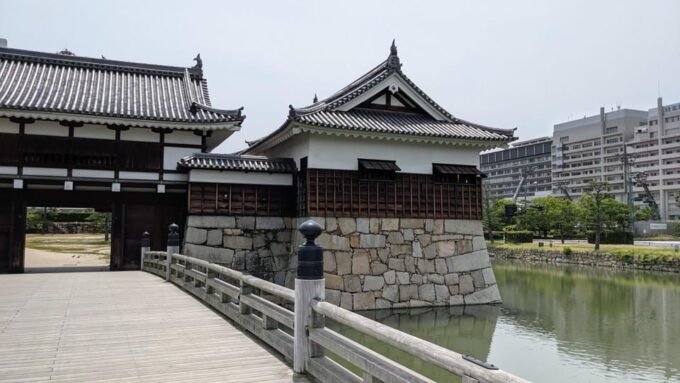
The Hiroshima Historical Walking Tour is available from €31.10 per person. Visitors can reserve their spot now and pay later. The tour offers free cancellation up to 24 hours in advance, making it convenient for travelers to plan their schedules. This ensures flexibility and allows them to adjust their plans if necessary.
The tour’s accessible pricing and cancellation policy cater to a wide range of travelers, making it an attractive option for those interested in exploring the historical and cultural significance of Hiroshima. Booking early is recommended to secure a spot, as the guided tours may be in high demand.
Frequently Asked Questions
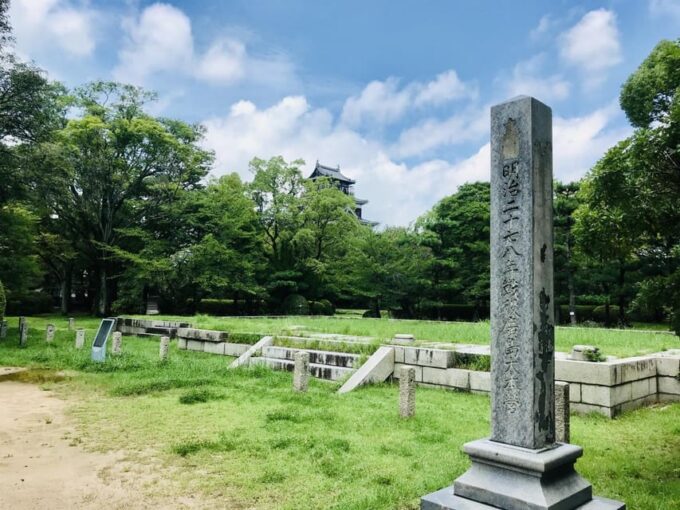
How Accessible Is the Tour for People With Disabilities?
The tour is wheelchair accessible, allowing those with disabilities to fully participate in the guided exploration of Hiroshima’s history and culture. The 2.5-hour duration ensures ample time for all visitors to engage with the content.
What Type of Transportation Is Provided During the Tour?
The tour doesn’t provide any transportation. It’s a walking tour, so you will explore Hiroshima on foot. The tour is wheelchair accessible, allowing everyone to participate in the guided exploration of the city’s landmarks and history.
Are There Any Discounts or Special Rates Available for the Tour?
The tour doesn’t offer any discounts or special rates. However, the standard per person price of €31.10 includes a guided walking tour and access to all historical sites. Travelers can reserve the tour now and pay later with free cancellation up to 24 hours in advance.
Can the Tour Be Customized or Personalized Based on Individual Interests?
Yes, the tour can be customized to suit individual interests. Travelers can request additional stops, more in-depth discussions on certain topics, or a focus on specific aspects of Hiroshima’s history and culture.
What Safety Measures Are in Place During the Tour?
The tour includes safety measures like wheelchair accessibility, first aid kits, and guides trained in emergency response. Participants are advised to wear appropriate clothing and comfortable shoes. Safety is a top priority throughout the tour.
Recap
Hiroshima’s selection as the target for the atomic bomb was driven by military strategy. Though the city’s destruction and loss of life was devastating, the tour provides an opportunity to explore Hiroshima’s history and culture, visit key landmarks, and reflect on the enduring call for peace. Booking a walking tour is a thoughtful way to gain deeper insights into this impactful chapter of history.
You can check if your dates are available here:More Walking Tours in Hiroshima
- 3 Hours Walking Tour in Hiroshima Peace Memorial Park
- Hiroshima Peace Memorial Park Private Guided Walking Tour
- Historical Highlights of Hiroshima Walking Group Tour
- Hiroshima and Miyajima A Walk Through of History and Peace
- 4 Hour Private Hiroshima City Walking Tour
- 7 Hours Private Customizable Walking Tour in Hiroshima
More Tours in Hiroshima
- Emtb Tour to See the Beautiful Islands From the Summit
- Hiroshima & Miyajima Tour With English/Spanish Speaker Guide
- Hiroshima: Tomonoura Nostalgic Port Town Private Tour
- Bouldering, Sake and Food, Local Gem Hiroshima Evening Tour
- Hiroshima Night Tour: Craft Beer and Local Bites
- Hiroshima Peace Memorial and Highlights Private Tour With a Local
More Tour Reviews in Hiroshima
Not for you? Here's more things to do in Hiroshima we have recnetly reviewed
- 2 Best Dining Experiences In Hiroshima
- 2 Best Dinner Tours In Hiroshima
- 6 Best Full-Day Tours In Hiroshima
- 4 Best Lunch Experiences In Hiroshima
- 11 Best Food Tours In Hiroshima
- Hiroshima and Miyajima by Bike and Boat
- 5-Day ONE WAY Bus to North Hyogo From Fukuoka to Hiroshima
- Japan: 7-Day Tour of Tokyo, Osaka, Hiroshima & Okinawa
- 3-Day ONE WAY Bus Tour to Hiroshima via SANIN From Fukuoka
- Hiroshima Highlights Private Day Tour
- Hiroshima and Miyajima Day Trip From Kyoto/Osaka
- From Osaka/Kyoto: Hiroshima & Miyajima Private Guided Tour
